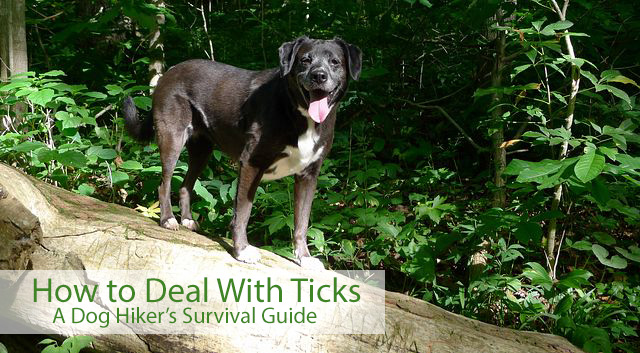 The snow is melting, the days are getting longer and spring is almost here. That means you’ll soon be spending more time outdoors with your dog. This is a good time to plan on how to deal with ticks this year, especially if you love hiking with your pup.
The snow is melting, the days are getting longer and spring is almost here. That means you’ll soon be spending more time outdoors with your dog. This is a good time to plan on how to deal with ticks this year, especially if you love hiking with your pup.
Has this ever happened to you? You return home from a long hike with your dog and sit down to relax with a cool drink. As your faithful trail companion rests beside you, you reach down to reward him with a calm belly rub or massage. You’ve got that “Life is Good” feeling going on, until you feel a little bump on your dog’s skin. You separate his fur to investigate and discover a blood sucking tick has embedded itself into your sweet dog. Yuk! Any kind of parasitic feeder gives me the creeps, but I especially hate ticks!
These eight-legged parasitic arachnids come in a variety of types and sizes and some carry diseases such as Lyme disease, Rocky Mountain Spotted Fever and Ehrlichiosis. Where I live, the American dog tick is the most common and they are more active in the spring and early summer, but if you live in a warm, humid climate, ticks can be a problem all year long. Visit the Dogs and Ticks website to find out what ticks and tick related diseases are common in your area. Ticks climb up on blades of grass, twigs or shrubs where they hang out, waiting for you and your dog to come hiking down the trail. You’re likely to find more ticks in moist, shady areas like where a grassy field meets a section of woods, but deer and human trails are also a common place to find ticks.

Photo by Fairfax County / CC BY-ND 2.0
How to Protect Yourself and Your Dog From Ticks When Hiking
It’s almost inevitable that one day your dog will have a tick, even if you’re not a hiker. I’ve tried several methods of removing them, including covering the tick with petroleum jelly, dish soap or alcohol in hopes that the tick will back itself out, but I’ve never had luck with any of those methods. I have had great success with the method below.
How to Remove a Tick From Your Dog
- Once you discover a tick, don’t panic. It’s easy to remove and you’ll want to keep your dog relaxed during the procedure.
- Here’s what you’ll need: Fine-tipped tweezers (precision tweezers) and a small jar or plastic bag to put the tick in once it’s been removed. Latex gloves and a magnifying glass are also helpful if you have them on hand. Special tick removal tools are useful if your dog gets a lot of ticks, but they may not be effective for removing small ticks.
- Separate the fur around the tick, then use the tweezers to grab the tick close to where it’s attached to your dog’s skin. Don’t grab or squeeze its body which could separate from the head or inject the contents of the tick into your dog’s skin.
- Gently and slowly pull the tick straight upwards. You may notice your dog’s skin pulling up just a little bit when you do this.
- Gently hold pressure on the tick while being careful not to twist or crush it. The goal is to remove the entire tick, so be patient as you hold pressure. After a few moments, it should release its grip.
- If the tick’s body comes off and the head or jaws are still attached, try to carefully remove the pieces left behind. If you’re uncomfortable doing that, check with your vet to see if a visit is required.
- Place and seal the tick inside the jar or plastic bag along with a small amount of rubbing alcohol to kill the tick. You may want to date and retain the container for analysis in the event your dog develops any symptoms of illness.
- Apply chlorhexidine, Betadine or an antibiotic ointment to the area where the tick was attached.
- Wash your hands and the tweezers thoroughly and give your pup a treat for being so cooperative.
- Keep an eye on the site for a week or two. Some mild irritation or swelling is normal, but contact your vet if you notice anything unusual or signs of infection.
Whether you enjoy hiking with your dog or not, being proactive and watchful for ticks can help prevent your dog from getting a serious tick-related disease. Ticks can be found almost everywhere, so check your pup often, especially if you notice any excessive scratching, head shaking or chewing/biting of fur. Make sure to discuss any questions or concerns about ticks with your vet and be watchful of any behavioral or health changes after you’ve removed a tick from your dog.
Hiking with your dog is a lot less stressful when you have a plan on how to deal with ticks. Before you head off on your next adventure, share your tick tips with us. Happy Trails!
Update! Rachele Baker, DVM and Jodi from Heart Like a Dog both offered their favorite way of removing a tick. It’s called tick spinning which causes the tick to release itself intact from your dog’s skin. I’m going to try this method the next time Haley gets a tick. Here’s a video of how to spin a tick if you want to see it in action, but you might want to grab a pair of latex gloves first. Thanks for the great tip, Rachele and Jodi!

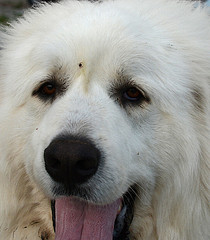
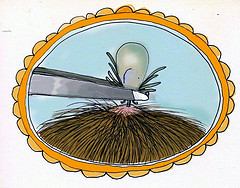
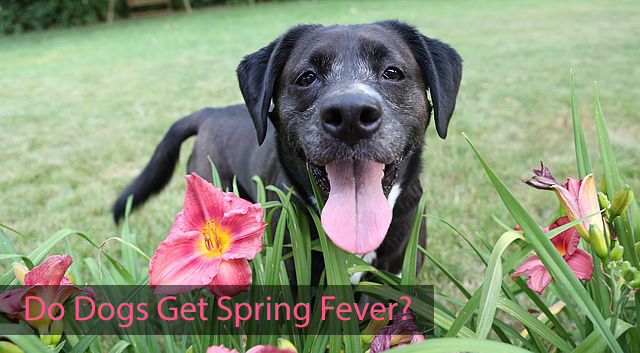
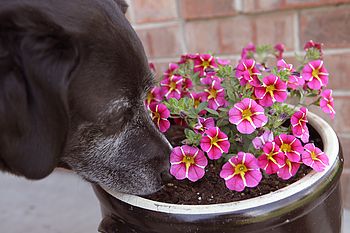
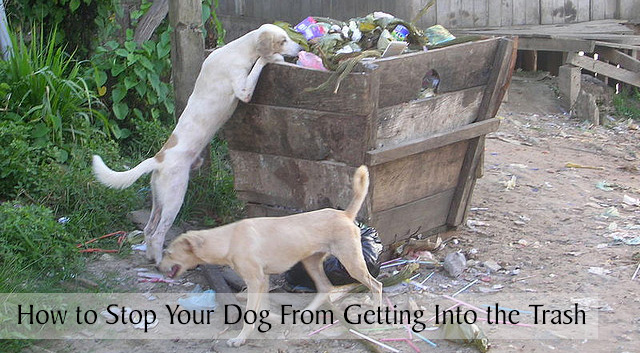
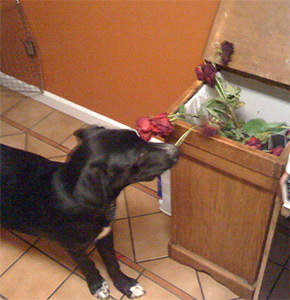
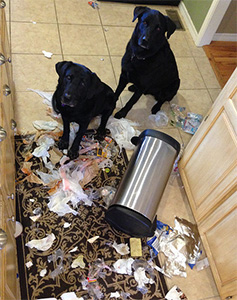
 Today’s post is something a little different. Kelley from
Today’s post is something a little different. Kelley from  5. Who was your first dog?
5. Who was your first dog?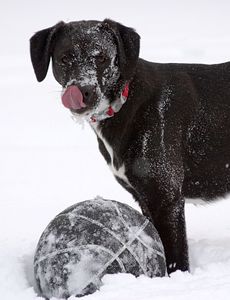 8. Does your dog have a favorite toy or treat?
8. Does your dog have a favorite toy or treat?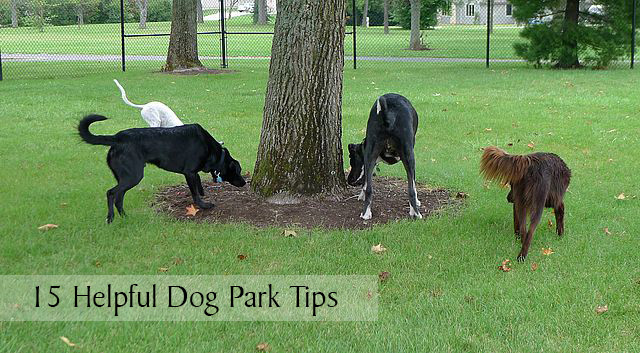 After getting some great feedback from last week’s post “
After getting some great feedback from last week’s post “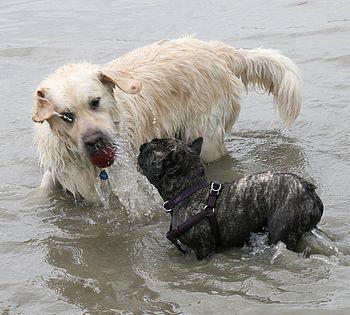 When dogs are playing, they can sometimes growl and expose their teeth to each other as they play bite, but their bodies are loose and wiggly with very fluid movement. You’ll notice lots of play bows and bouncy, puppy-like movements with open or smiling mouths. Dogs that are playing in a positive way take turns pretending to be the aggressor. They’ll occasionally freeze for a second or two before continuing to play, wrestle or chase.
When dogs are playing, they can sometimes growl and expose their teeth to each other as they play bite, but their bodies are loose and wiggly with very fluid movement. You’ll notice lots of play bows and bouncy, puppy-like movements with open or smiling mouths. Dogs that are playing in a positive way take turns pretending to be the aggressor. They’ll occasionally freeze for a second or two before continuing to play, wrestle or chase.